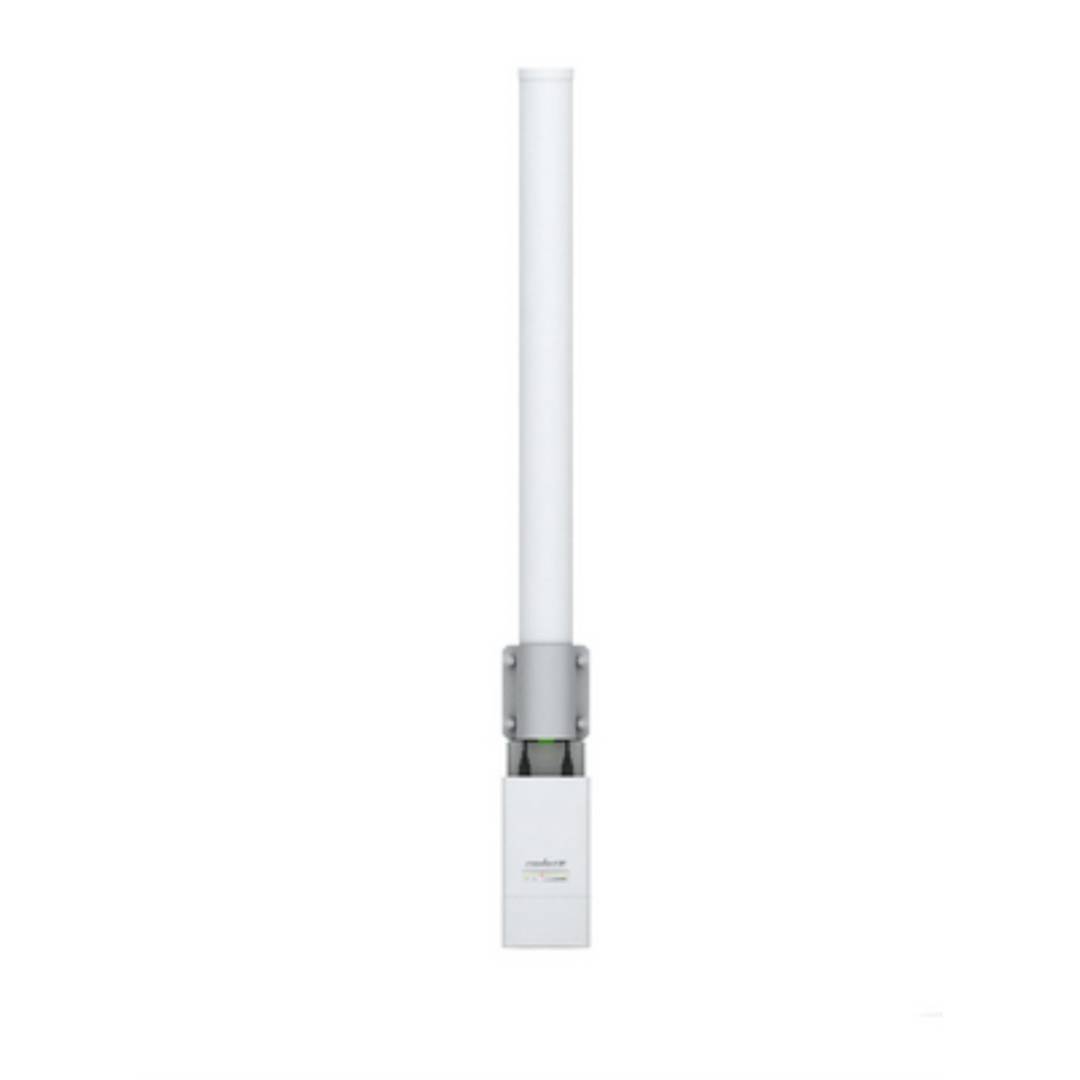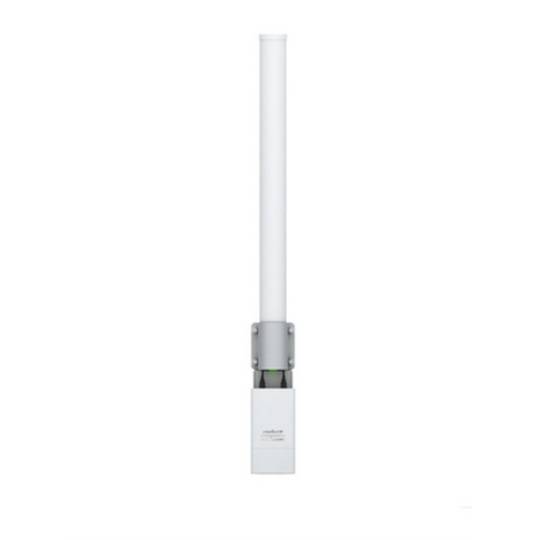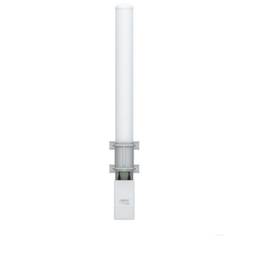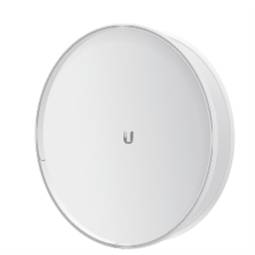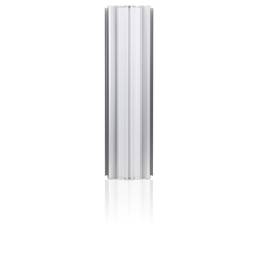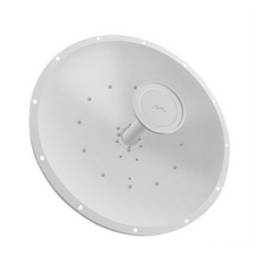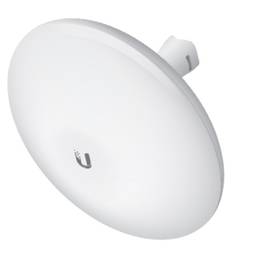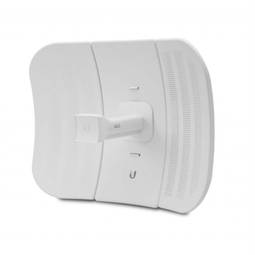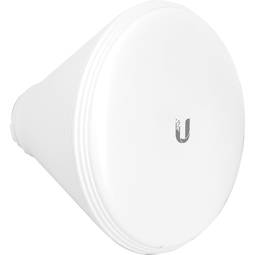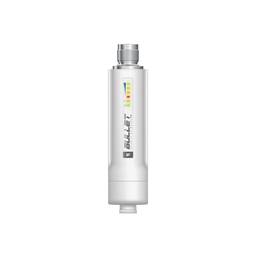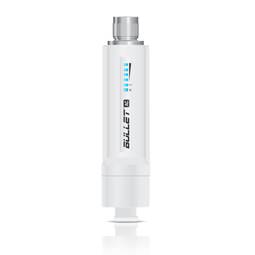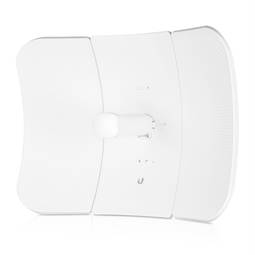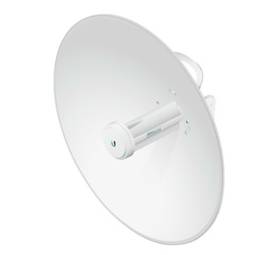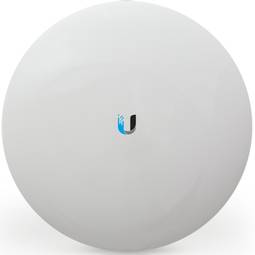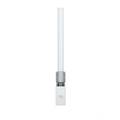05/05/2024 12:53 p.m.
https://cablematic.com/en/products/ubiquiti-airmax-amo-5g10-5-ghz-10-dbi-360deg-range-omnidirectional-antenna-UI142/
https://cablematic.com/en/products/ubiquiti-airmax-amo-5g10-5-ghz-10-dbi-360deg-range-omnidirectional-antenna-UI142/
Ubiquiti AirMax AMO-5G10 5 GHz 10 dBi 360° Range Omnidirectional Antenna
REF: UI142
Specifications
- Ubiquiti Networks AMO-5G10
- Antenna gain (max): 10 dBi
- Band frequency: 5GHz
- Horizontal Beamwidth (5 GHz): 12°
- Antenna type: Sector antenna
PVP
€118.71
Price including VAT:
€118.71
PVD
€114.14
PVP: Retail price.
Check conditions.
PVP: Sale price to distributors.
Check conditions.
Buy before:
Receive it:
5 business days
Delivery times are approximate. Cablematic is not responsible for delays.
warranty
returns
safe
Specifications
- Ubiquiti Networks AMO-5G10
- Antenna gain (max): 10 dBi
- Band frequency: 5GHz
- Horizontal Beamwidth (5 GHz): 12°
- Antenna type: Sector antenna
More info
Dual polarization Ubiquiti sector antenna that operates in the 5GHz band frequency. This antenna offers a horizontal beam angle of 12° and a maximum gain of 10 dBi. In addition, it has a voltage standing wave ratio (VSWR) of 1.6:1. This antenna is compact, with a width of 582mm, a depth of 90mm and a height of 65mm. The quantity per package is 1 piece(s). Manufactured by Ubiquiti with reference AMO-5G10.
Specifications
Specifications
- Ubiquiti Networks AMO-5G10
- Antenna gain (max): 10 dBi
- Band frequency: 5GHz
- Horizontal Beamwidth (5 GHz): 12°
- Antenna type: Sector antenna
- Polarization: Dual Polarization
- Voltage Standing Wave Ratio (VSWR): 1.6:1
- Width: 582mm
- Depth: 90mm
- Height: 65mm
- Quantity per package: 1 pc(s)
- Ubiquiti manufacturer reference: AMO-5G10
- Ideal for: Wide area networks, long-range wireless networks, point-to-point applications.
- Compatibility: Compatible with all 802.11a/n/ac devices
- Connections: Wi-Fi 802.11a/n/ac
- Features: Robust design, weather resistant aluminum construction
- Gray
- Technology: Wi-Fi 802.11a/n/ac
- Gross Weight: 300 g
- Number of packages: 1
- Master-pack: 1
Technical terms
- Hz
- dBi
Hz
One hertz is one cycle per second, meaning repeating cycle as an event. For example, hertz is applied physics measuring the number of times for a second wave (either acoustic or electromagnetic) is repeated or can be applied, among other uses, to ocean waves that reach the Beach vibrations per second or a solid. The quantity that measures the frequency hertz is called,in this regard, the inverse of the period. One hertz is an oscillation frequency of suffering a particle over a period of one second.


